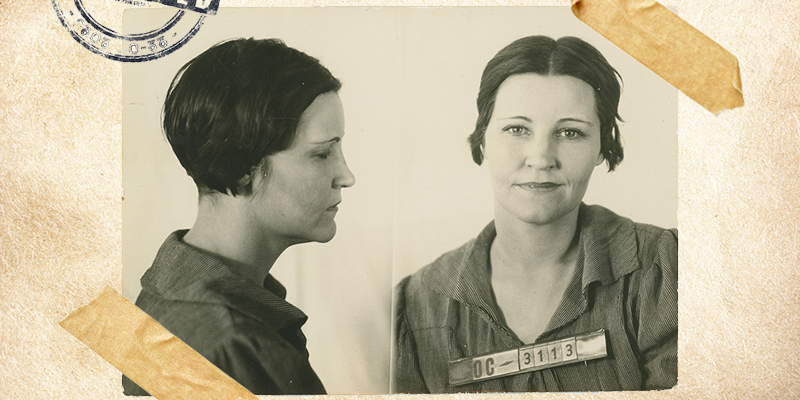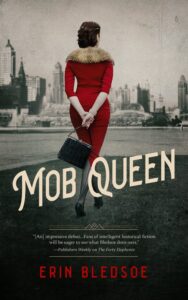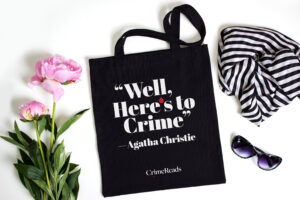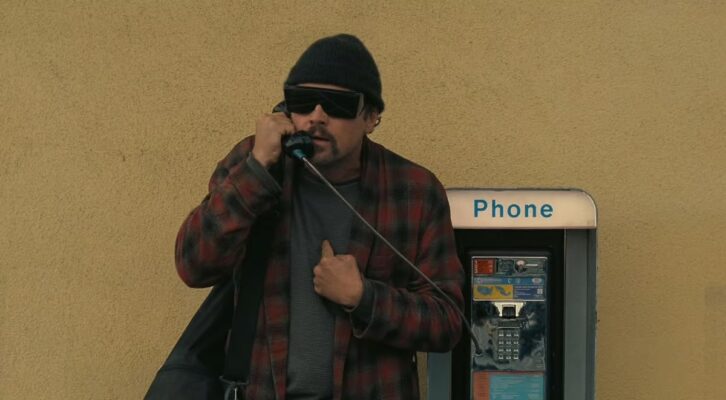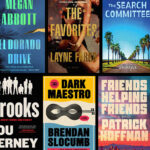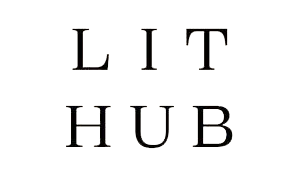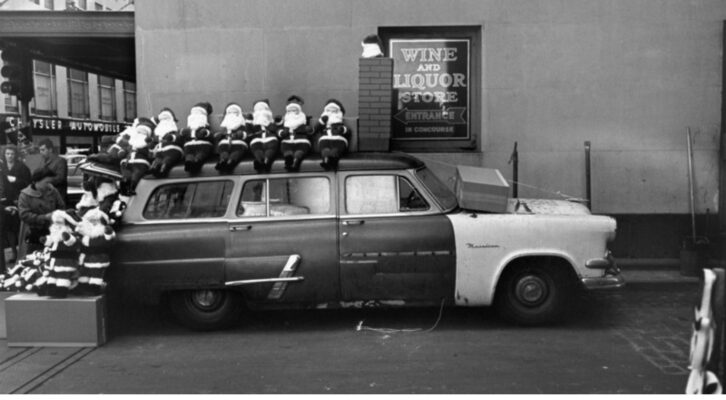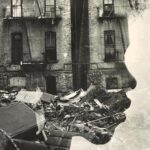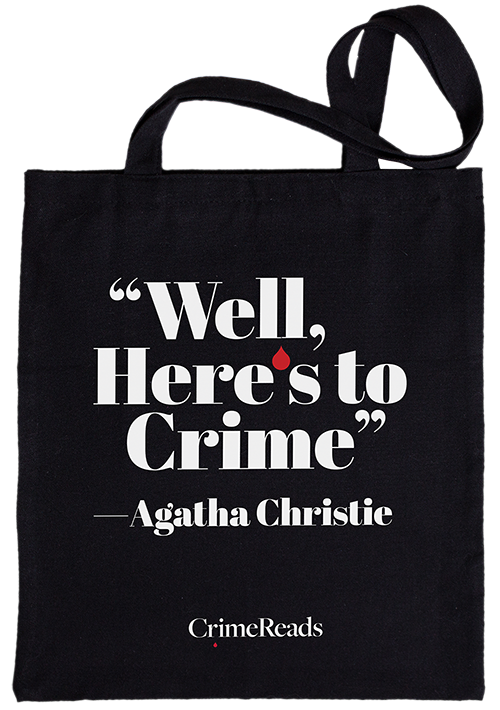Since I set out to write about dangerous women of history, I’ve dug into the lives of all kinds of female criminals, pickpockets, mob wives, madams, and murderers. Some had wild stories, sure, but there just wasn’t enough there to turn them into the kind of characters I’m after, the ones who make you question where the line between good and bad even is. That’s always been the goal. Virginia Hill and Alice Diamond both clawed their way out of poverty, and their desperation was something I could feel, even if I’d never make the same choices. But even if some of these women ended up in a pile I couldn’t touch or explore narratively, they’re still fascinating women of crime.
I want to start with Fredericka Mandelbaum. If there’s a godmother of the underworld, it’s her. While most female criminals of her time were scraping by, Fredericka built an empire. She wasn’t the one picking pockets, she was running the entire operation, fencing stolen goods, funding major heists, and training the next generation of thieves. She was bankrolling one of the biggest bank robberies in U.S. history while also hosting tea parties with rich politicians and judges.
Over her criminal career, it’s estimated she helped move between $5–10 million worth of stolen goods (over $150–300 million today). And that’s just what could be traced. If you robbed someone in New York during the time, chances are, you worked for her.. While I loved reading about Fredericka, she always felt like the looming boss in the background, funding the heists, pulling the strings, but not the main character. Fredericka ran her empire like a criminal CEO, but not every dangerous woman sat at the top, some rode shotgun, but still made all the major moves and plans.
Kathryn Kelly was an overlooked mastermind of Depression-era crime. Her husband George “Machine Gun” Kelly pulled the trigger, but Kathryn pulled the strings. She was the one who branded him, insisted he carry the machine gun, and crafted their entire image. It was even Kathryn who planned the 1933 kidnapping of oil tycoon Charles Urschel, a job that earned them $200,000 (over $4 million today) and landed them both on the FBI’s radar. Without her, George Kelly might’ve been just another bootlegger. She had the ambition I crave in a character, and she was really good at telling a man what to do, but her story ended just as it was getting good!
Two more I found are Sister Ping and Stephanie St. Clair.
Cheng Chui Ping, known as Sister Ping, was a middle-aged woman who ran a noodle shop in Chinatown, but behind that storefront, she controlled one of the largest and most profitable human smuggling operations in the world. Under her large network, she helped smuggle thousands of immigrants from China to the U.S., charging families up to $50,000 per person for the journey. She partnered with gangs that enforced her network, rules, and made certain families paid through violence. Her empire was built on exploitation so raw, it stripped the humanity out of her story before I could even try to find it.
Sister Ping was arrested and sentenced, but Stephanie St. Clair was not. She retired rich and politically active. St. Clair ran Harlem’s numbers racket, an illegal lottery operation that brought in thousands each week. She outmaneuvered both banks and gangs to keep her hold on Harlem’s money. When Dutch Schultz, one of the most violent mobsters of the time, tried to muscle in on her territory, St. Clair launched a public letter campaign in newspapers, exposing police corruption and calling out the mob by name. When Schultz was gunned down in 1935, rumors swirled that Madam St. Clair had a hand in it. St. Clair’s story wasn’t mine to write, but I’m looking forward to the day another author picks her up and dives in! There’s so much here worth telling and she deserves a story that gives her a full crown.
While I feel these women fall into the pile I couldn’t get enough passion to write about, there’s one woman I couldn’t even consider, because she’s so far from morally grey, she’s the ‘black widow’ of this article and that’s a nickname she more than earned.
Griselda Blanco ran the Miami drug trade and the late 70s and early 80s. She was a cocaine queenpin who used motorcycle hitmen, ordering executions like they were errands, and allegedly killed her husbands. The claims are that she was making nearly 80 million a month, and her cartel was blamed for hundreds of murders. The real trigger for me was the rumors that she not only killed men in front of their families, but that she ordered a hit that occurred during a child’s christening party, with multiple people gunned down.
She’s the reason I draw a line, her story was soaked in blood, and too brutal for me to shape into anything human. Netflix released a limited series titled Griselda, starring Sofía Vergara as the notorious drug lord. While the series has positive reviews, I do think they portray Blanco in a more sympathetic light than her real-life history.
In the end, I didn’t write about these women because they weren’t interesting, but more because I couldn’t feel them. Some were too brutal, too hollow, or their story was exciting, but too short. I’m never looking for just dangerous women, I’m looking for something raw and human beneath it all.
___________________________

